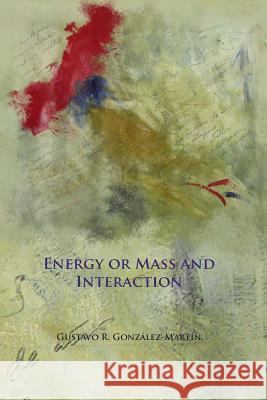Energy or Mass and Interaction » książka
Energy or Mass and Interaction
ISBN-13: 9781453748336 / Angielski / Miękka / 2010 / 186 str.
The author reviews "Physical Geometry," a unified theory which proposes a solution to existing difficulties in Physics in line with Einstein's ideas. The fundamental problems in Physics are the following: 1-The Standard Model of Particle Physics, based on the electromagnetic, weak and strong nuclear interactions, appears incomplete and requires a complicated structure in terms of a very large number of empirical parameters. 2-Superstring Theory represents particles by strings or n-surfaces in spaces with high number of dimensions and has not produced verifiable experimental results. These models are not clearly related to a fundamental underlying theoretical physical interaction. 3-On the other hand, Gravitation and Electrodynamics are faced with serious theoretical challenges, particularly in Cosmic Physics due to the possible existence of dark matter and energy. The book offers new perspectives and concepts which the author hopes will be useful to physicists working in particle physics, cosmology and related lines. The Physical Geometry determines many new geometric numerical values for masses, binding energies, quantum eigenvalues and other physical constants which are not calculable from other known physical models. These bare numbers arise essentially from the concept of energy and a generalized nonlinear electrodynamics which determines a unified global field theory. Small perturbation corrections calculated using Quantum Field Theory should be applied to the resultant bare numbers. Within higher order corrections and experimental errors there appears to be no physical experimental evidence contradicting these results. The theory gives new surprising fundamental relations between the different forms of energy. In particular, it appears that nuclear energy is a strong nonlinear magnetic energy. These results substantiate a fundamental critique of present particle models and indicate the need of a research thrust along a new direction.
Zawartość książki może nie spełniać oczekiwań – reklamacje nie obejmują treści, która mogła nie być redakcyjnie ani merytorycznie opracowana.











